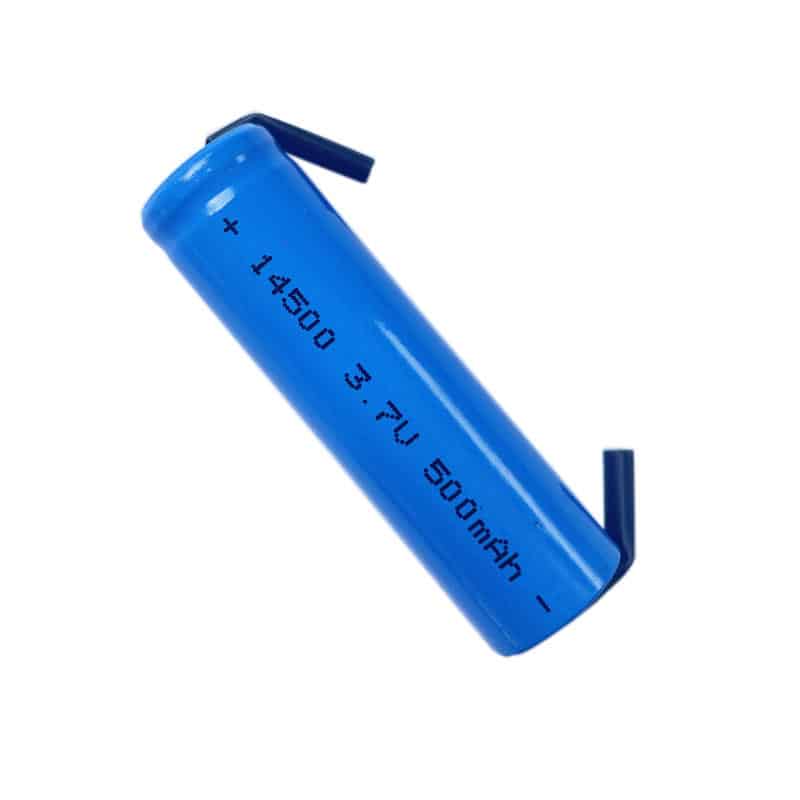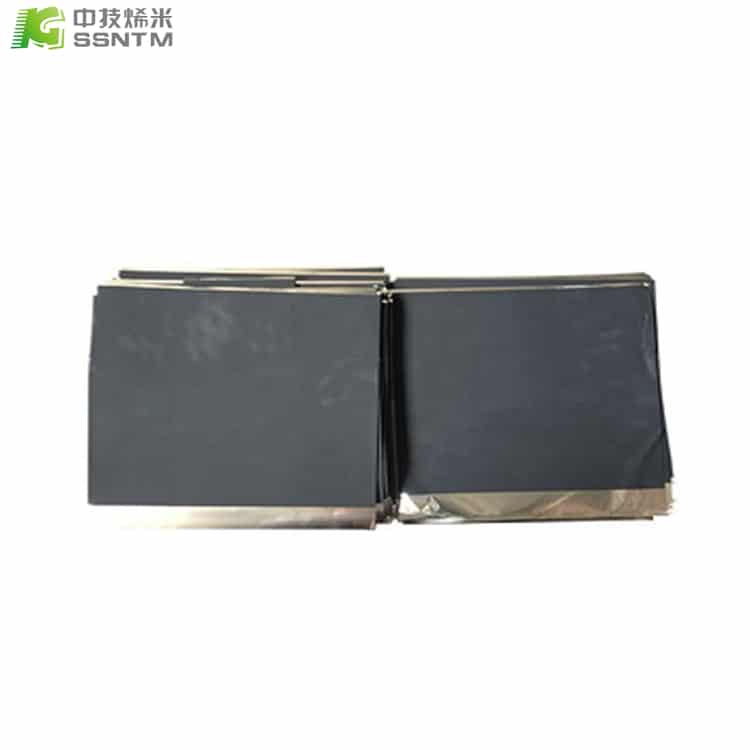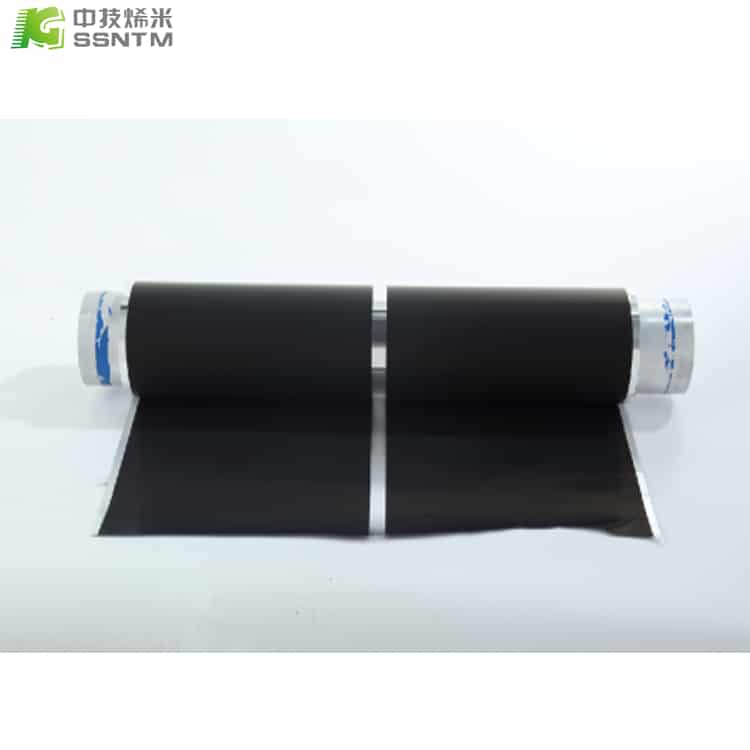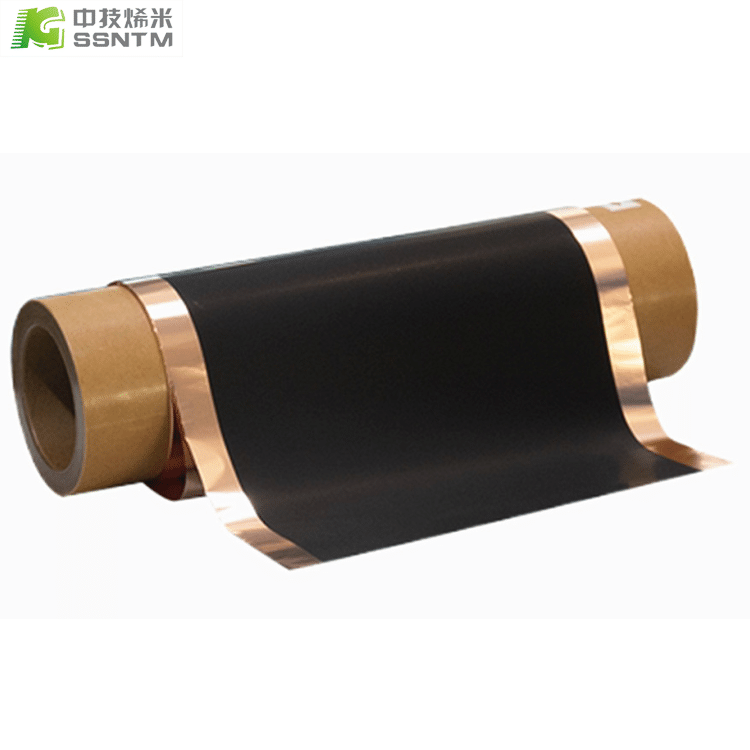How to improve the thermal stability of lithium battery materials
Positive electrode materials can be synthesized by optimizing synthesis conditions, improving synthesis methods, and synthesizing materials with good thermal stability; Alternatively, composite techniques (such as doping techniques) or surface coating techniques (such as coating techniques) can be used to improve the thermal stability of positive electrode materials.
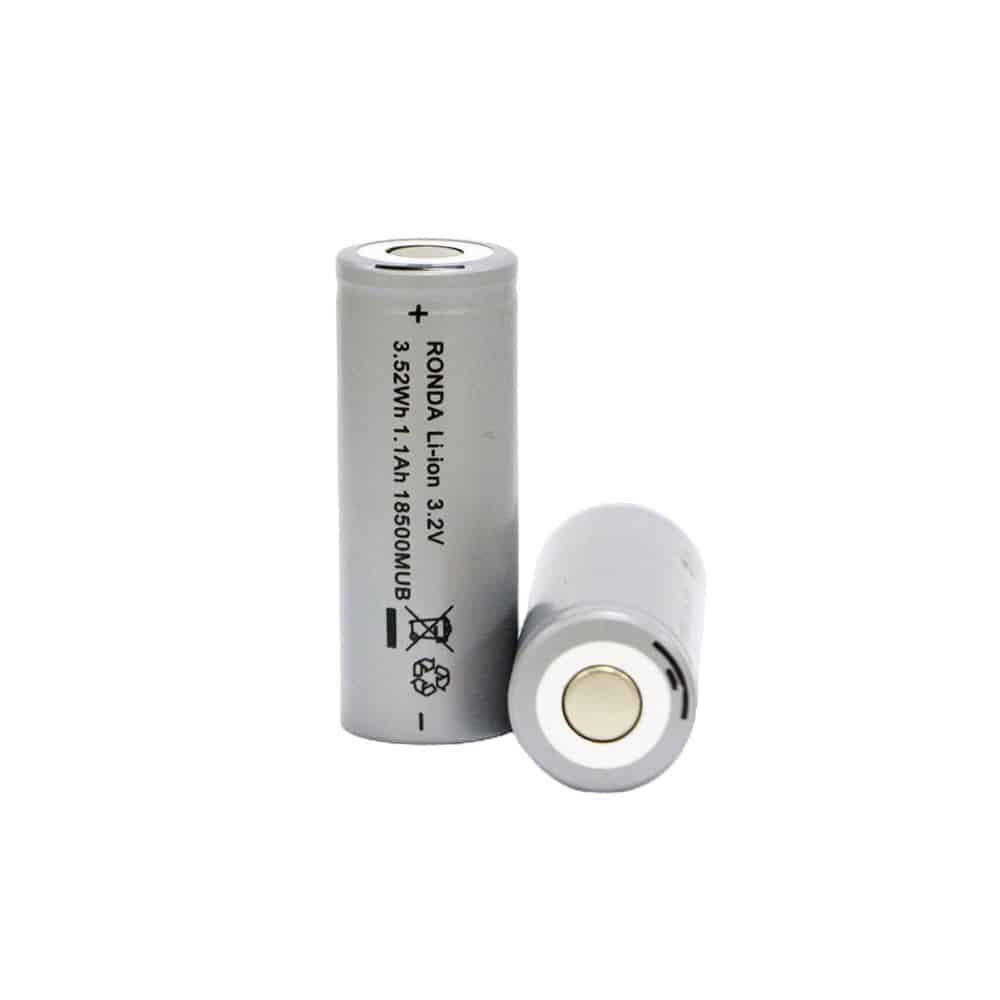
The thermal stability of negative electrode materials is related to the type of negative electrode material, the size of material particles, and the stability of the SEI film formed by the negative electrode. If the particles of different sizes are made into negative electrodes in a certain ratio, the purpose of expanding the contact area between particles, reducing electrode impedance, increasing electrode capacity, and reducing the possibility of active metal lithium precipitation can be achieved.
The quality of SEI film formation directly affects the charging and discharging performance and safety of lithium-ion batteries. Weakly oxidizing, reducing, doping, and modifying the surface of carbon materials, as well as using spherical or fibrous carbon materials, contribute to the improvement of SEI film quality.
The stability of the electrolyte is related to the type of lithium salt and solvent. The use of lithium salts with good thermal stability and solvents with a wide potential stabilization window can improve the thermal stability of the battery. Adding high boiling point, high flash point, and non flammable solvents to the electrolyte can improve the safety of the battery.
The types and quantities of conductive agents and binders also affect the thermal stability of batteries. Binders react with lithium at high temperatures to generate a large amount of heat, and different binders generate different amounts of heat. The heat output of PVDF is almost twice that of fluorine-free binders. Replacing PVDF with fluorine-free binders can improve the thermal stability of batteries.

